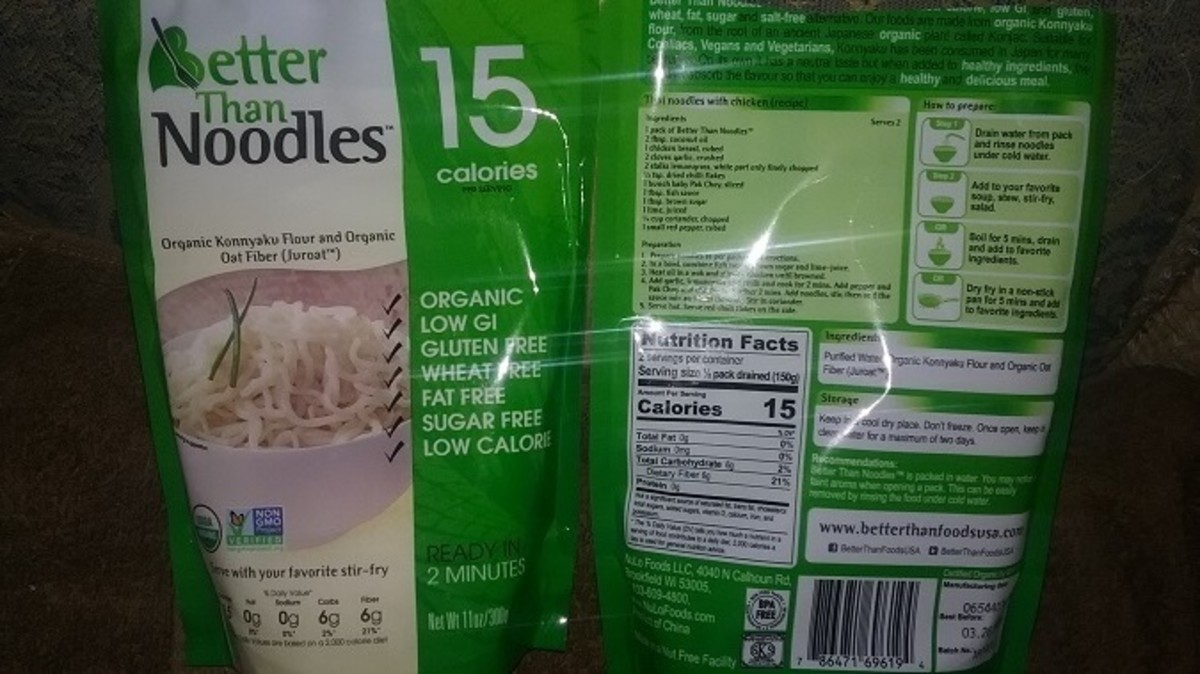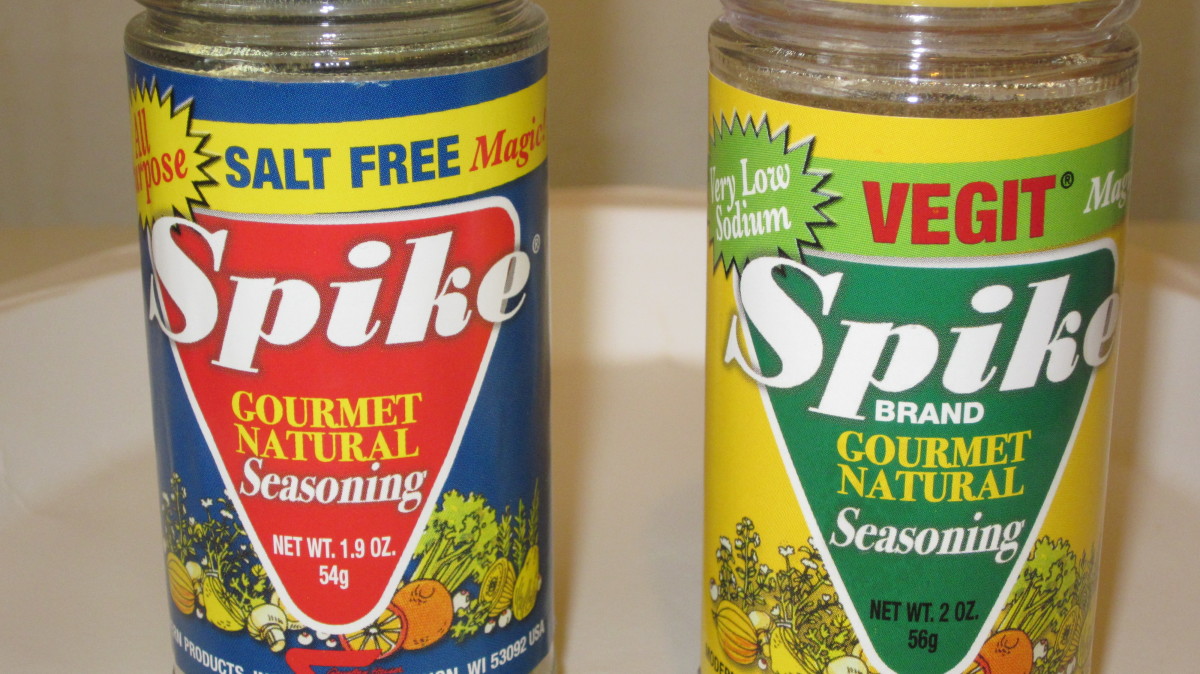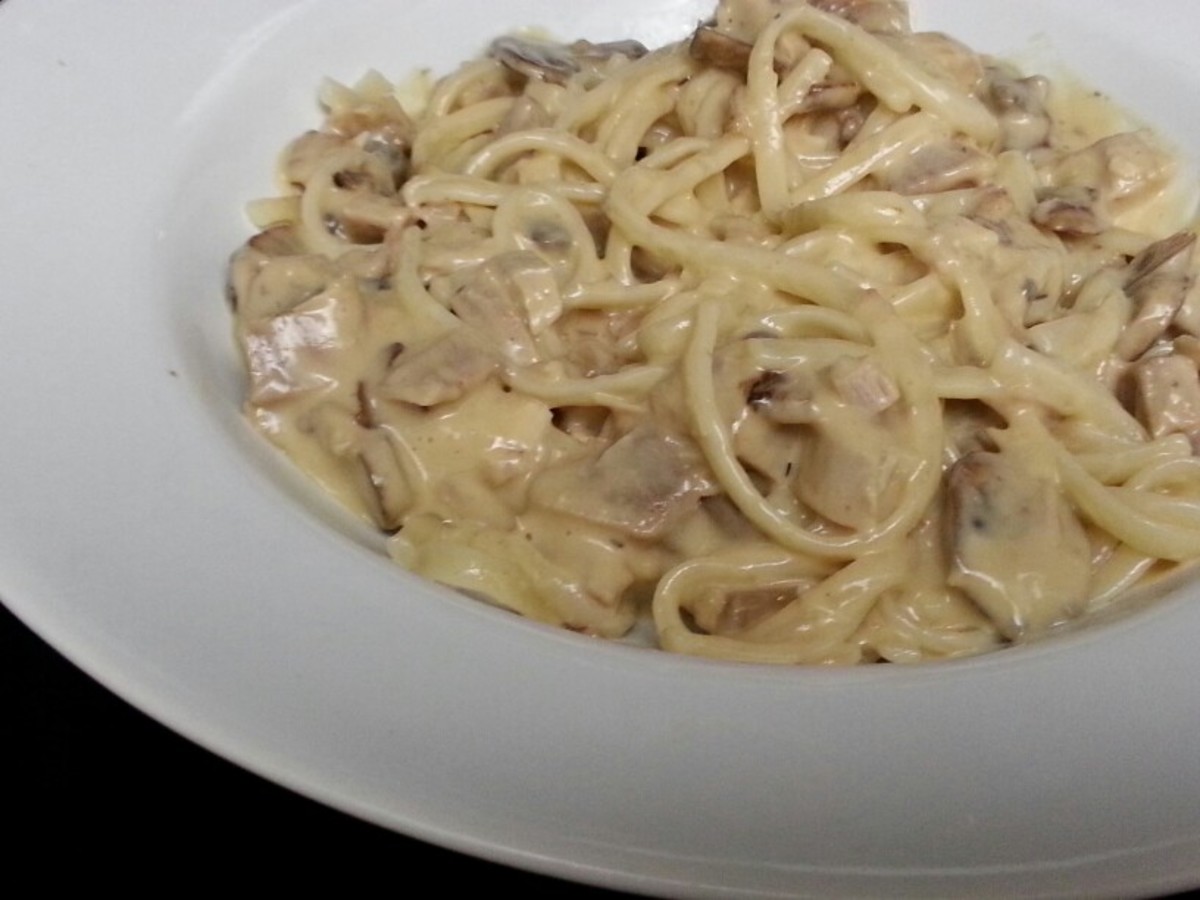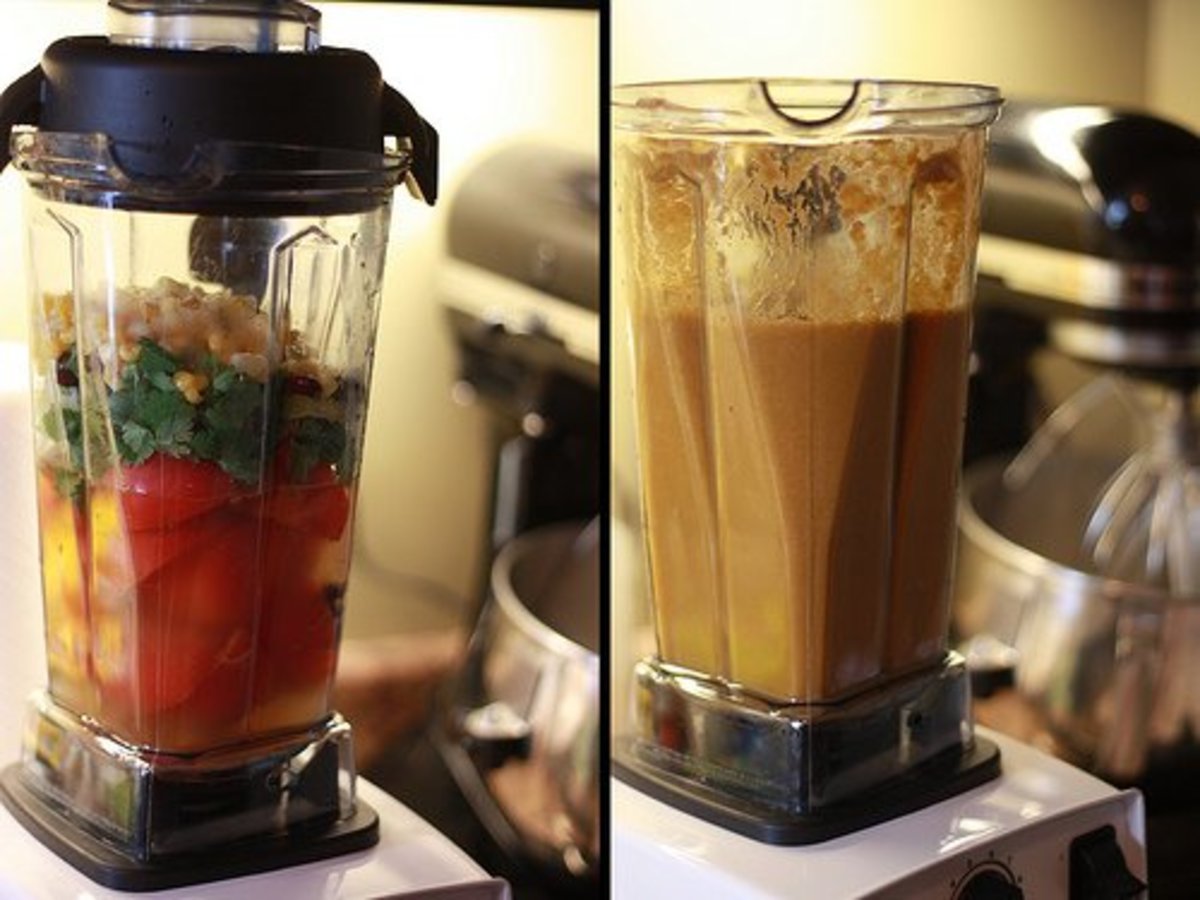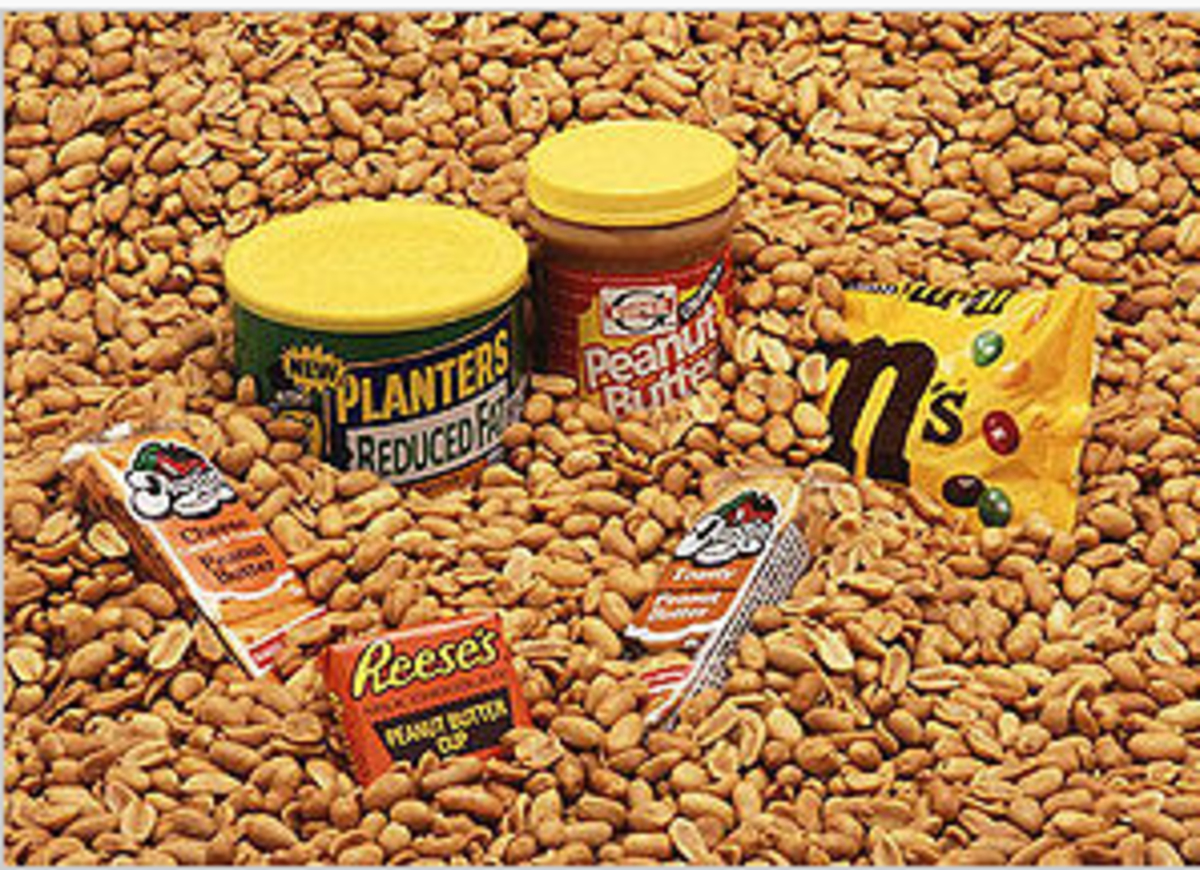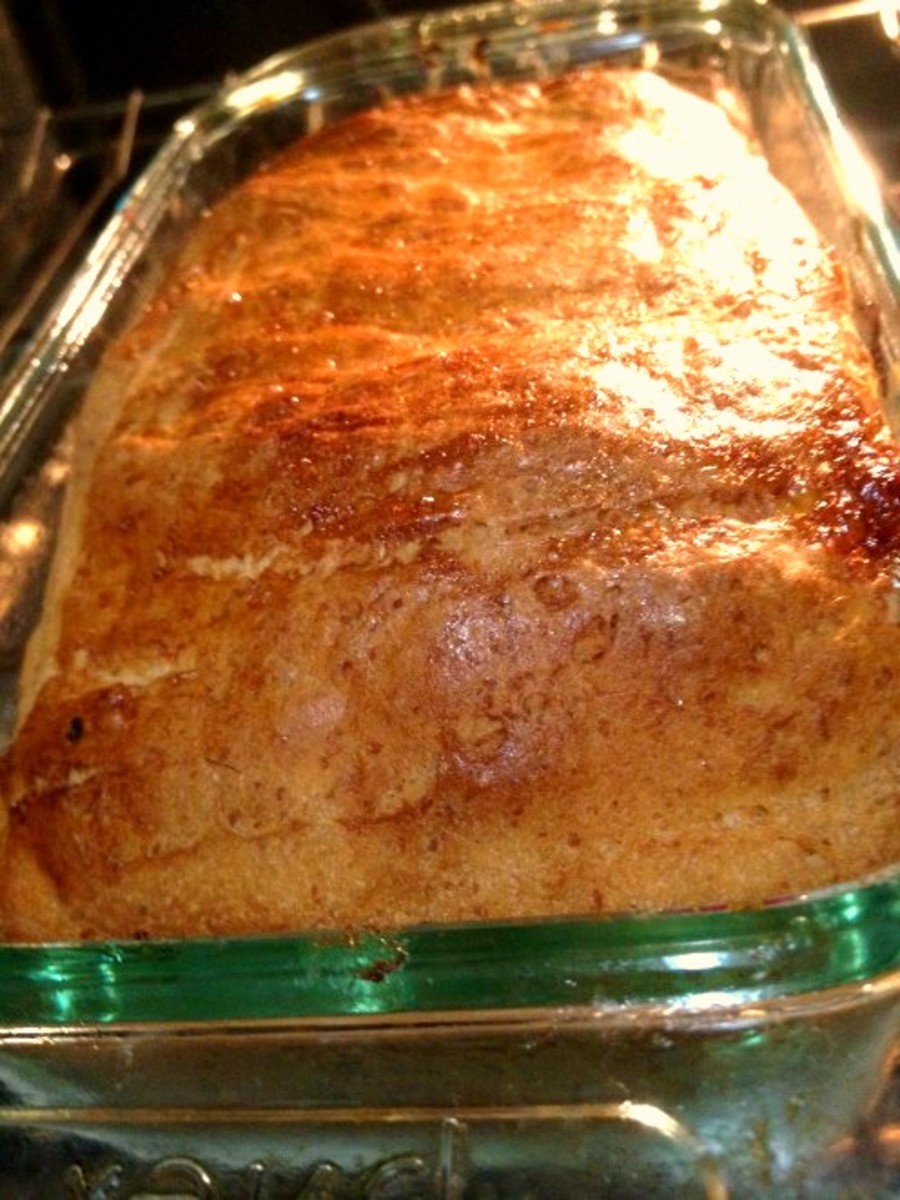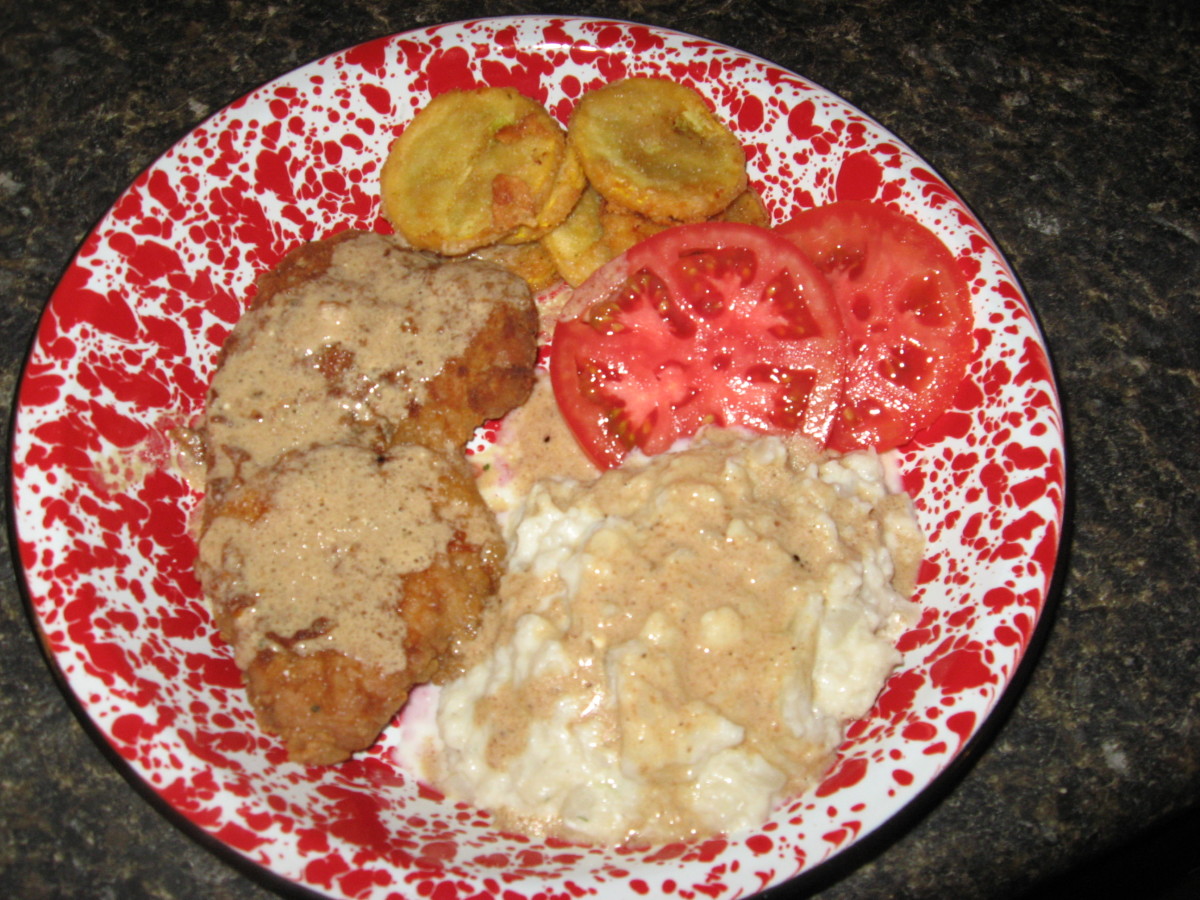Rice, Soup, Salt, and Common Sense
Are you concerned about your dietary salt intake?
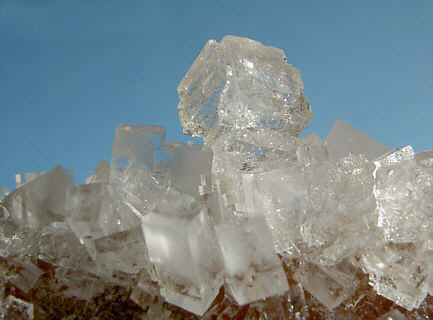
Overview of the salt issue
In our not-too-distant agrarian past, most people typically did hard physical labor on their farms during the summer. And they needed extra dietary salt to compensate for the salt sweated out.
Now, thanks to labor-saving devices, we don't perspire as much. These days, we Americans eat more salt than we need. And health authorities say that the extra salt can contribute to high blood pressure -- aka hypertension -- which is a risk factor for cardiovascular disease.
Conventional wisdom has it that we should cut back on our salt intake, even if the blander taste detracts from the enjoyment of the foods that we eat. Can we improve on this spartan approach to the management of hypertension?
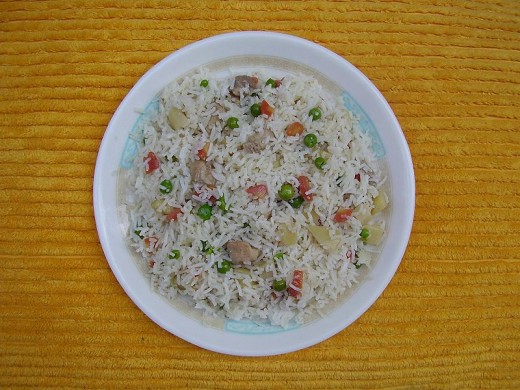
Some standard approaches to managing hypertension
If we choose not to reduce our salt intake, there are three ways to compensate for the excess. First, we could take a daily sauna. I don't know about you, but hot air does not agree with me.
Second, we could force ourselves to drink an unnatural amount of water to flush out the excess salt. But for me at least, that would be even less fun than cutting back on the salt in the first place. And if one's intake of water soluble vitamins -- like the B vitamin, folic acid -- is marginal to begin with, excessive water consumption could create a deficiency.
Third, a person with severe hypertension could take a life-saving blood pressure medication. However these meds do have side-effects. In many cases, it would be prudent to take the medication, AND to moderate one's salt consumption.The Wikipedia article lists eleven different classes of antihypertensive drugs. Since I am NOT a physician, I am not in a position to recommend one particular antihypertensive drug over another. You and your physician should jointly determine what's best for you.
Some culinary experts say that if we choose to decrease our salt intake, we can partially compensate for the blander tastes of foods by increasing our repertoire of flavorings, seasonings, and spices. Examples include lemon juice, lime juice, cilantro, cumin, sage, basil, oregano, garlic, thyme, marjoram, rosemary, bay leaves, turmeric, saffron, ginger, black pepper, dill, celery seed,, lemon grass, and dry mustard. This is the gourmet approach.
This is all well and good, In the next section we'll look at a simple, direct alternative to the gourmet and spartan approaches.
However in severe cases of hypertension, this approach is NOT a substitute for life-saving blood pressure medication. End of disclaimer.
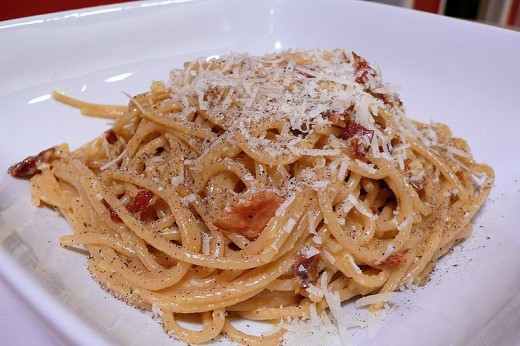
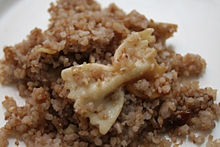
The Larry method
Our approach is to use common-sense chemistry. Ordinary table salt consists of sodium chloride crystals. Each crystal is a cubic lattice of alternating positively charged sodium ions and negatively charged chloride ions. The nice right angles in the picture reflect the arrangement of the ions in a salt crystal. The chemical reactions involving our sense of salty taste occur when the sodium ions and chloride ions dissolve in water, and come into intimate contact with our taste buds. This is not rocket science.
Now let's talk about rice cooking . Typically, we add salt to the cooking water, and then add the dry rice grains. But in 21st Century America, that culinary tradition is an anachronism. Most of the salt ends up inside the cooked rice grains. No matter how vigorously we chew, only a fraction of the salt comes in contact with our tongues. Hence we taste only a fraction of the total salt in the cooked rice.
Fortunately, there's a simple way to increase the taste-efficiency of the salt that we use in cooking rice. First, cook the rice in plain water. When it's done, add some butter or olive oil to the cooked rice. And lastly, stir in the salt.
All of the salt will be on the outside of the cooked rice grains, and a higher proportion of that salt will come in contact with your taste buds. (The fat, as well as being tasty in its own right, helps you to achieve a more uniform distribution of the salt on the surface of the rice grains.) We get the same salty pleasure as before, but with less salt. Of course, the same approach works for pasta, kasha, barley, and millet. As Sherlock Holmes would say: It's elementary, my dear Watson!
What about soup?
Soup is basically salt and water. Yes, you normally add veggies and/or meat. However that doesn't change anything. For good taste, you would need less salt on the meat and veggies if you threw out the extra water. There is a caveat.
If you want to make split pea soup, use a minimum quantity of water. Then for great taste, you won't need as much salt for a given amount of healthful split peas.
Copyright 2011 and 2016 by Larry Fields

